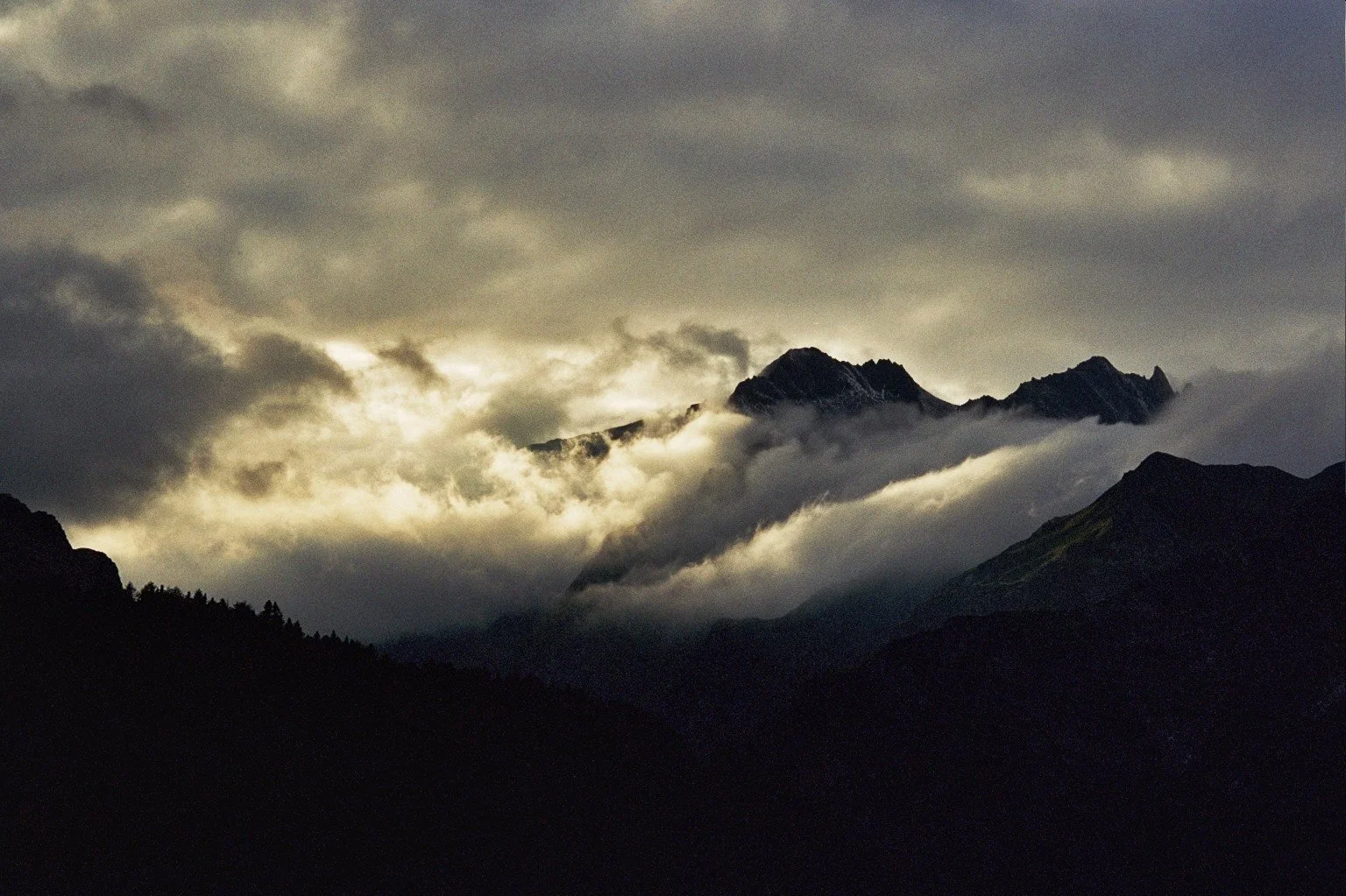D’abord chercheuse en histoire contemporaine, j’ai effectué par la suite un master aux Beaux-Arts car je m’intéressais aux productions culturelles que j’utilisais parmi mes sources. Formée aux méthodologies des sciences humaines et habituée à l’écrit, je souhaitais appréhender d’autres médiums et d’autres méthodologies de travail. Le hasard faisant parfois bien les choses, au même moment le concept d’« artistic research » a émergé dans le monde l’art. Dans un premier temps, ce nouveau domaine m’a d’abord intéressé dans une perspective d’épistémologie des sciences. Par la suite, cette nouvelle approche m’a permis de donner une forme à des projets situés à la frontière entre recherche et pratique artistique.
Initially a researcher in contemporary history, I went on to do a Masters in Fine Arts, as I was interested in the cultural productions I used as sources. Trained in the methodologies of the human sciences and accustomed to the written word, I was keen to learn about other media and working methods. As chance would have it, at the same time the concept of "artistic research" emerged in the art world. Initially, this new field interested me from a scientific epistemology perspective. Later, this new approach enabled me to give shape to projects situated at the frontier between research and artistic practice.
Akri
Une histoire des brouillards
Akri, une histoire des brouillards. Documentaire 52 min. Projet en cours
A meteorological phenomenon with a strong scenic presence, fog alters vision, coming and going without leaving a trace. With its billions of suspended water droplets, it forms an impalpable screen. Whole swathes of landscape disappear, swallowed up in a cottony mass. The metaphorical charge of this phenomenon has inhabited artistic creation in every corner of the globe for centuries. But sometimes, another reality emerges: that of the dust and other fine particles that slip into this mass of vaporized water. These mists, which have become toxic as a result of human industrial activity, have left their mark on the history books over the last century. Now taking on the role of indicator of advancing drought, fog - or rather its absence - is becoming a direct witness to global warming.
Wishing to question this mixed reality, I became interested in fog for its anthropic dimension, which makes human behavior its standard of measurement. For man, in general, fog "prevents". It hinders leisure activities, keeps the sun away, jeopardizes road, sea and air traffic. For meteorology, fog and mist are defined in terms of man's ability to see through it. Echoing this anthropocentric perspective on fog, the paradigm of the all-powerful man dominating nature will form an important part of the presentation. The development of meteorological forecasting techniques, the quest for a form of perfection in prediction, and the measures taken over the centuries to counter fog will all be discussed.
Borrowing the form of an interdisciplinary investigation at the frontiers of the history of science and cultural history, the intention of this documentary film is to question the topos opposing man and nature, the one that places each of us in very distinct roles.
Phénomène météorologique à forte présence scénique, le brouillard altère la vision, vient, puis repart, sans laisser de traces. Avec ses milliards de gouttelettes d’eau en suspension, il forme un écran, impalpable. Ainsi, des pans entiers de paysages disparaissent, avalés dans une masse cotonneuse. La charge métaphorique de ce phénomène habite depuis des siècles la création artistique aux quatre coins de la planète. Mais parfois, une autre réalité apparaît : celles des poussières et autres particules fines qui viennent se glisser dans cette masse d’eau vaporisée. Ces brouillards devenus toxiques conséquemment à l'activité industrielle humaine, ont marqué les anales au cours du siècle dernier. Endossant maintenant le rôle d’indicateur d’une sécheresse qui progresse, le brouillard, ou plutôt son absence, devient le témoin direct du réchauffement climatique.
Souhaitant interroger cette réalité mélangée, je me suis intéressée au brouillard pour sa dimension anthropique qui fait des conduites humaines son étalon de mesure. Pour l'homme, en général, le brouillard « empêche ». Il empêche les loisirs, éloigne le soleil, met en péril trafic routier, maritime ou aérien. Brumes et brouillards se définissent, pour la météorologie, selon la possibilité de l’homme d’y voir au travers. Pour faire écho à cette perspective anthropocentrée sur le brouillard, le paradigme de l’homme tout-puissant, dominant la nature va former une part importante du propos. Il sera notamment question du développement des techniques de prévision météorologique, de la recherche d’une forme de perfection dans la prédiction, et des aménagements réalisés au cours des siècles pour contrer le brouillard.
Empruntant la forme d’une enquête interdisciplinaire aux frontières de l’histoire des sciences et de l’histoire culturelle, l’intention de ce film documentaire est d’interroger le topos opposant homme et nature, celui qui place chacun de nous dans des rôles bien distincts.
Maloja



